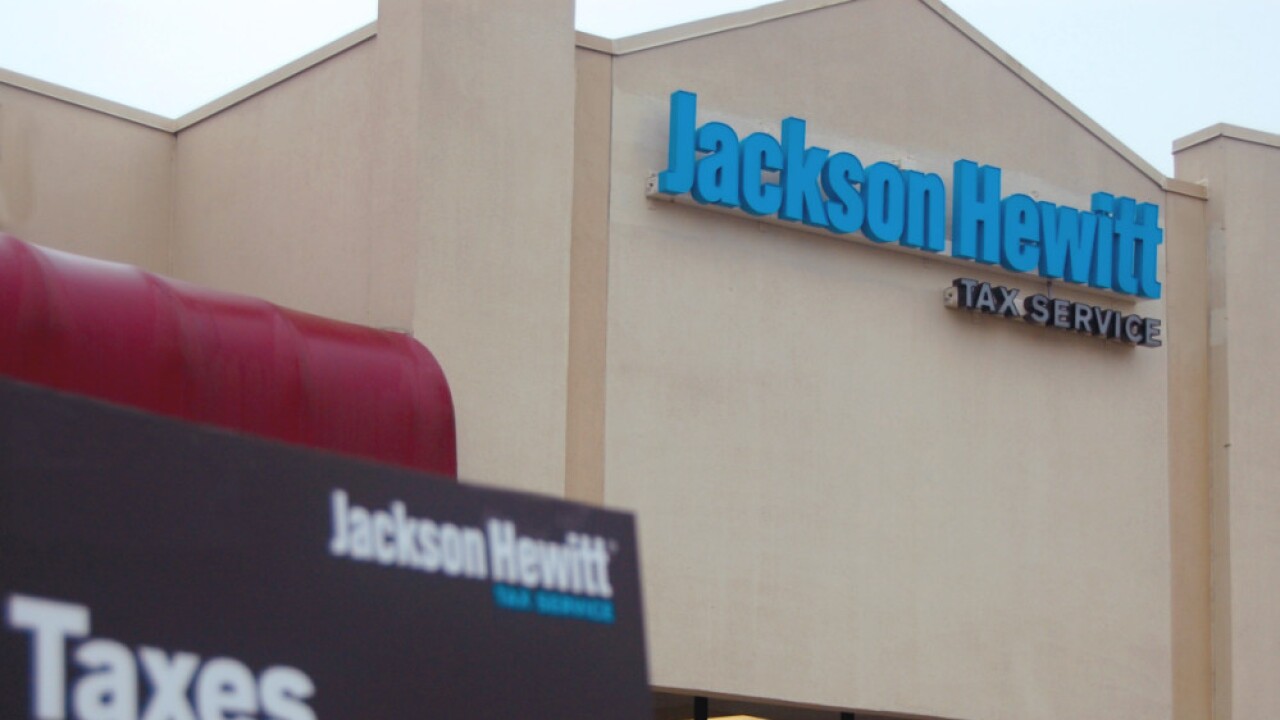More than two-thirds of the 100-plus CPAs present at a New York State Society of CPAs breakfast indicated they had clients affected by the Bernard Madoff scheme. For investors who need funds soon, the IRS may be the best bet.
The problem, according to Janice Johnson, CPA, Esq., consultant to A.B. Watley Group, is that there are theoretically many different possibilities of recovery, with thorny legal and accounting consequences attached to each, and the IRS has yet to issue any guidance. “There are big looming issues over something as simple as a theft loss deduction,” she observed.
A theft loss deduction is available in the year of discovery except to the extent that there is a reasonable prospect of recovery, she noted. If the theft is of personal use property, of course, it is subject to limitations of $100 ($500 starting in 2009), and 10 percent of adjusted gross income. “I would argue that the theft is of income-producing property so that the entire loss is deductible,” she said.
Tax advantages of the theft loss deduction are that it is not subject to the 2 percent phase-out of itemized deductions, is not added back to alternative minimum tax, and may create a net operating loss that can be carried back three years and forward 20 years.
Robert L. Goldstein, CPA, a senior consultant with Marks Paneth & Shron LLP, noted alternative methods of tax recovery – deduction of phantom income, claim of right tax credit, and the mitigation provision. “You can amend your returns for the last three years on the theory that this was phantom income that was reported,” he said.
An IRS internal memo recommends this treatment and is supported by findings in three court decisions. The claim-of-right tax credit (Tax Code Section 1341) and mitigation provision (Tax Code Section 1311) have not been ruled on in Ponzi tax cases, he noted.
Neil Tipograph, a tax partner at Imowitz Koenig & Co. LLP, explained a multi-step recovery approach. The preparer should prepare the 2008 return, and 2005 through 2007 amended returns, based on any IRS guidance, and file a 2005 protective claim, if applicable. If there is no IRS guidance forthcoming before April 15, 2009, the preparer should consider filing extensions to file and a 2005 protective claim.
The 2008 return or amended 2008 return should ignore all Madoff 2008 purported income, with the exception of withdrawals received in 2008 in excess of net investment, then deduct the theft loss of phantom income reported in prior years on Form 4684. Amended returns or second amended returns from 2005 through 2007 should then be filed, with deductions for phantom income if it wasn’t included in the 2008 theft loss computation. The NOL carryback from 2008 would be utilized.
For investors planning to file Securities Investor Protection Corporation claims, Anthony Paccione, Esq., co-chair of the New York Litigation Department at Katten Muchin Rosenman LLP, cautioned that a filing would waive the right to a jury trial for all purposes. For clawback purposes, he noted, profits above the amount invested are constructively fraudulent and the trustee can seek to recover any fictitious profits paid. Principal is at risk at well if there was actual intent to defraud creditors.




